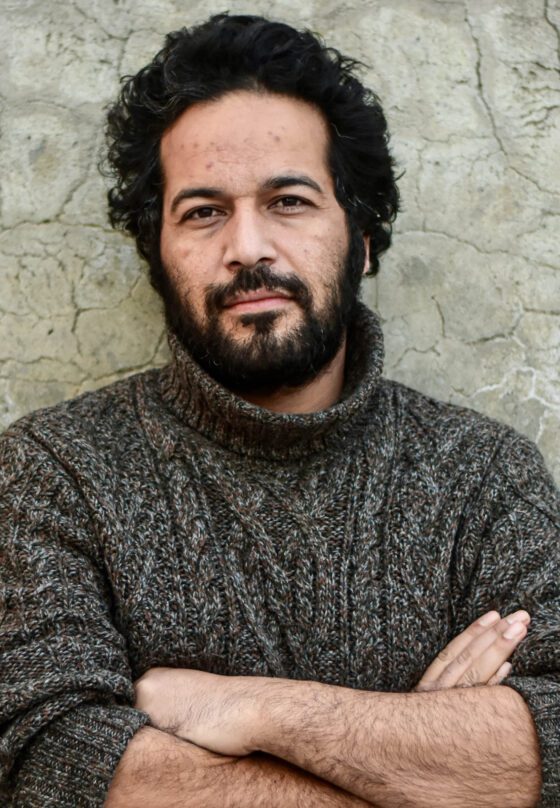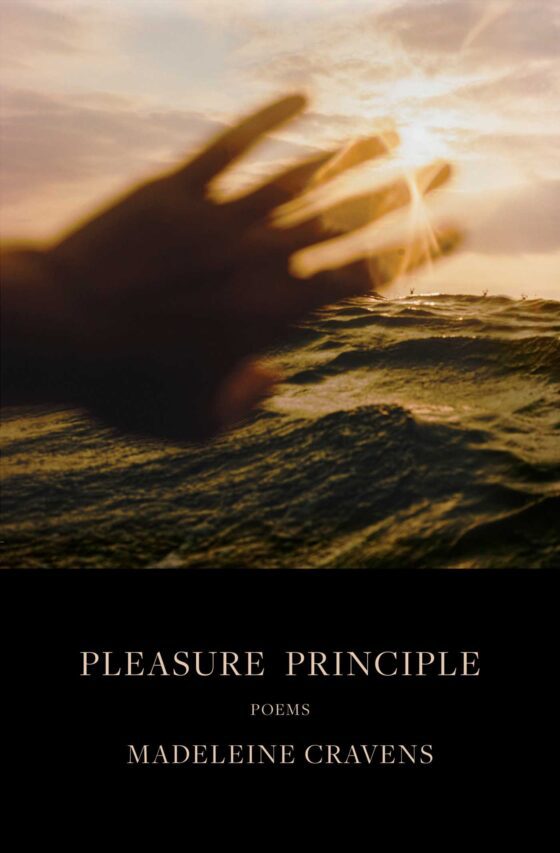 The last book I loved was Charles D’Ambrosio’s essay collection, Orphans—but in fact, I loved the book before I read it.
The last book I loved was Charles D’Ambrosio’s essay collection, Orphans—but in fact, I loved the book before I read it.
Smitten with the small format, I plucked it from a bookstore shelf, coveting the somber jacket painting (by designer Tae Won Yu) and the slender ribbon bookmark. The book fit easily into my hand, a size that could be tucked into a pocket, kept close to be read anywhere. Even better, the book contained “Seattle, 1974,” an essay that is among my favorites. First read in The Eleventh Draft (from the Iowa Writers Workshop), the essay has been a touchstone, showing me how setting reaches beyond locale-specific detail (flora, fauna, town and street names, etc.) to a singular experience of place, a locus of time and memory and state of mind.
I’ve loved the influence of place in D’Ambrosio’s fiction (two story collections, The Point and The Dead Fish Museum), and to read it in the essays is thrilling. Orphans includes eleven (previously published in The Stranger, Nest, Harper’s, The New Yorker and others) that take a range of topics. A breaking news-variety stakeout by police and television crews. A fundamentalist haunted house in Texas. An eco-village outside Austin. A visit to an orphanage in Svirstroy. Each investigation applies a persistent questioning of language, especially language in the public sphere, and a lonely and steadfast connection to place.
“Seattle, 1974” tracks the young writer’s youthful ambition and the nagging displacement of life in a provincial and isolated town. Seattle before the tech boom is a place known for a sitcom (Here Come the Brides), with wet weather and isolation and a singularity of things (“one dog a-barking, one car a-cranking”). Seattle—no, the Northwest—doesn’t fit the dream:
Anyone born in geographical exile, anyone from the provinces, anyone for who the movements of culture feel rumored, anyone like this grows up anxiously aware that all the innovative and vital events in the world happen Back East, like way back, like probably France, but before expatriation can be accomplished in fact it is rehearsed and performed in the head. You make yourself clever and scoffing, ironic, deracinated, cold and quick to despise. You import your enthusiasms from the past, other languages, traditions . . . Pretty soon the word Paris takes on a numinous quality and you know you won’t be silent forever. Someday you’ll leave.
But in time Seattle wins out, and though the city becomes prosperous and hip, the vanished place remains inside the writer. This absence produces a yearning, one that’s probably familiar to anyone who’s seen a place change. If you’ve lived long enough, you can walk down a street you grew up on and all you see are absences, the buildings and streets razed to make way for the new, and the loss serves to make the place more your own.
This sense of dislocation runs throughout Orphans. In “Brick Wall,” all that remains of an uncle’s Chicago bar is the wall of the title. The essay is a rumination on change, and the brick used to build Big Shoulders Chicago describes time, destruction and loss. In “Modular Homes,” D’Ambrosio tours the staged interiors of model properties, a “tableau vivant” of plastic food and ersatz framed photos. “All these houses,” he says, “are waiting for a future to come and haunt them.” The collection’s title essay ventures into similar territory. D’Ambrosio visits an orphanage outside St. Petersburg, and the children he meets there are fixed in time and place, living apart from their history and the world beyond the orphanage. The life that lies ahead is unreal and largely abstract, as is the past, which for many of the children is so thin as to seem mythological. They collect and trade throwaways, old batteries and such, objects which in this institutional setting carry more weight than money: “The absence of ‘real’ money, fiat money, is essentially the absence of a future.”
There is loss in language, too, these essays state, when meaning is corrupted or inexpressible. “Mary Kay Letourneau,” centers on the 1997 trial of the Washington state schoolteacher and examines how the language of jurisprudence, media and public opinion fails to translate the private self. In court, Letourneau is an unreliable narrator whose testimony is “hesitant, uncertain, floundering” and buckles beneath the testimony of “the credentialed explainers.” For Letourneau, language failed to form any conclusive or at least stable meaning: “. . . a circle had formed and experts with fixed language were returning Letourneau to a fixed state, and doing so by excluding, again and again, notions that were not naturally a part of their descriptive vocabulary, like love.”
“Degrees of Gray in Philipsburg,” takes the title of Richard Hugo’s poem set in the former Montana boomtown. In her 2010 film, Chasing Richard Hugo to Philipsburg, Frances McCue describes how D’Ambrosio moved there “because of the poem,” and stayed two years. Hugo spent far less time there, a mere afternoon in 1966. McCue calls the poem the emotional epicenter of all Hugo’s work, exemplifying his precise regard for detail, place, and emotion: “You might come here Sunday on a whim./ Say your life broke down. The last good kiss /you had was years ago. You walk these streets /laid out by the insane, past hotels /that didn’t last, bars that did . . .” On the day of the 9/11 attacks, D’Ambrosio was in Philipsburg, and in the essay he contemplates Hugo’s poem, working its furrows, turning over the words and images, not for answers, but as Chekhov said, to find the right questions. As in, what is the place of poetry in the face of terrible things, whether they happen to your country or your marriage or your town? Or, what can be said about patriotism, enemies, God, good and evil that isn’t a cliché?
There are other questions in Orphans. Such as, how is it you can go to a place where for centuries whale has been eaten, but there’s none to be had? Or, what do the tableaus of death in a fundamentalist haunted house achieve in a morally confusing world? Or, how does a group of orphaned children find meaning in a world premised on loss? Sometimes the answer isn’t found in words:
Maybe more than the building itself, the land around the orphanage and the elaborate network of footpaths create for the kids a sense of place. There are trails through the birch and pine, across fields where, every spring, the kids burn leaves and work the ash into the soil and plant potatoes, trails that lead to the river, to the school, to the village, to ponds and creeks and springs flowing up from beneath the ground with cool, drinkable water, trails that are a story in themselves, worn by wandering feet over fifty years, worn by joy and hope and habit and need, trails like a sentence spoken, each a whisper about the surrounding world, a dialogue with doubt or desire that’s ultimately answered by a destination.
In showing this world, D’Ambrosio applies what he calls “aesthetic pressure,” and the result is a singular connection to place, one that undoes the familiar meaning of the word orphans. “The difference between the truth and a cliché is the difference between what we really know and what we’ve all heard about,” he says. Answers don’t always provide truth, but aesthetic pressure does. It brings us into contact with meaning—or to use the author’s infinitely more apt words, “the rich supple instrumentation of language that makes it an encounter with reality.”
Now, after this most recent stretch of reading, my copy of Orphans is showing wear. The cover’s edges are worn soft and its somber finish is scuffed, so for the time being it’s been removed. The paperbound book inside is modest, even plain. The black typeface on cream stock has a liturgical look, like a psalter, or maybe a primer—the kind of book meant to be read daily. In fact the book has been with me over these last weeks in many places: on routes of public transit, the gym, the playground, various waiting rooms, and the salt-eroded deck of a coffee house in Santa Cruz. In that coffee house, a weathered, cobbled-together structure known as The Windmill, I read Orphans beside a small paned window clouded with salt. Outside, the ragged branches of a eucalyptus moved slightly in the early fog. “Half the time,” D’Ambrosio says, “the true subject is in the background.” Though that morning, when I looked up, all I could see were the sentences, hanging in front of everything.





